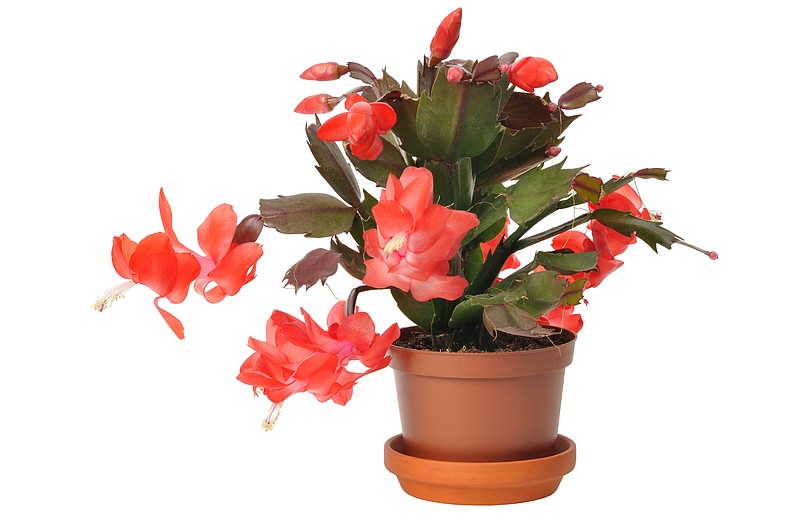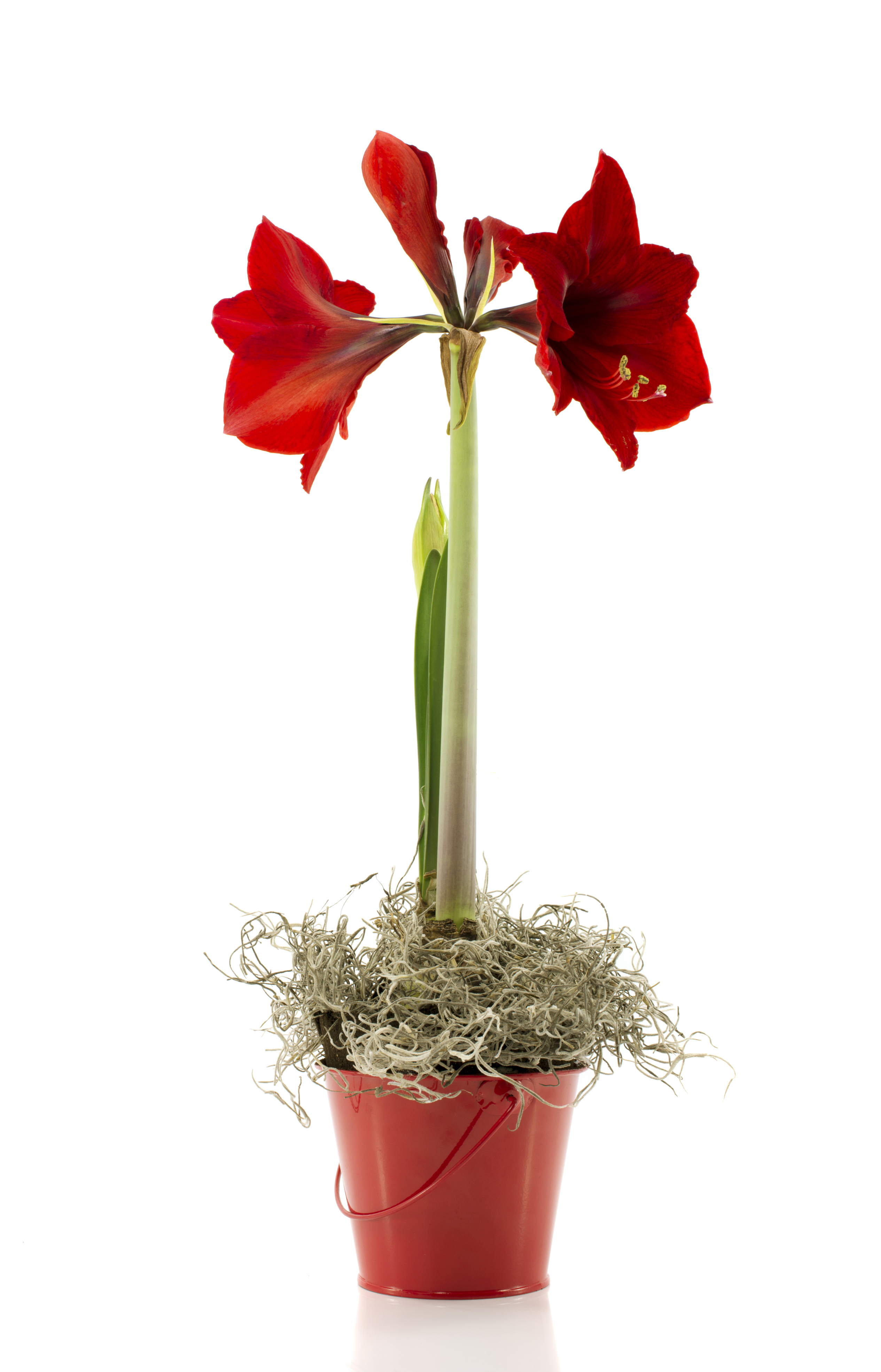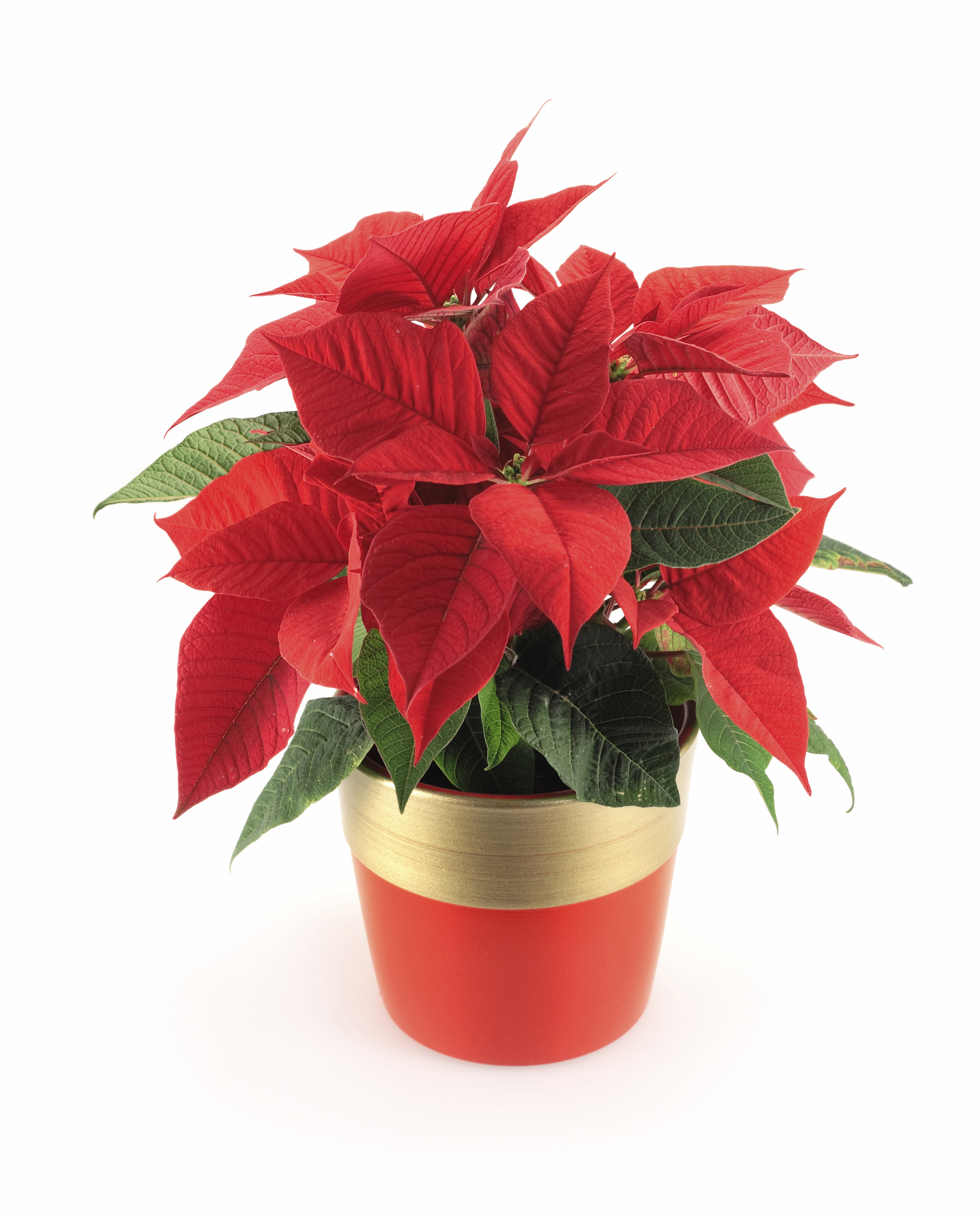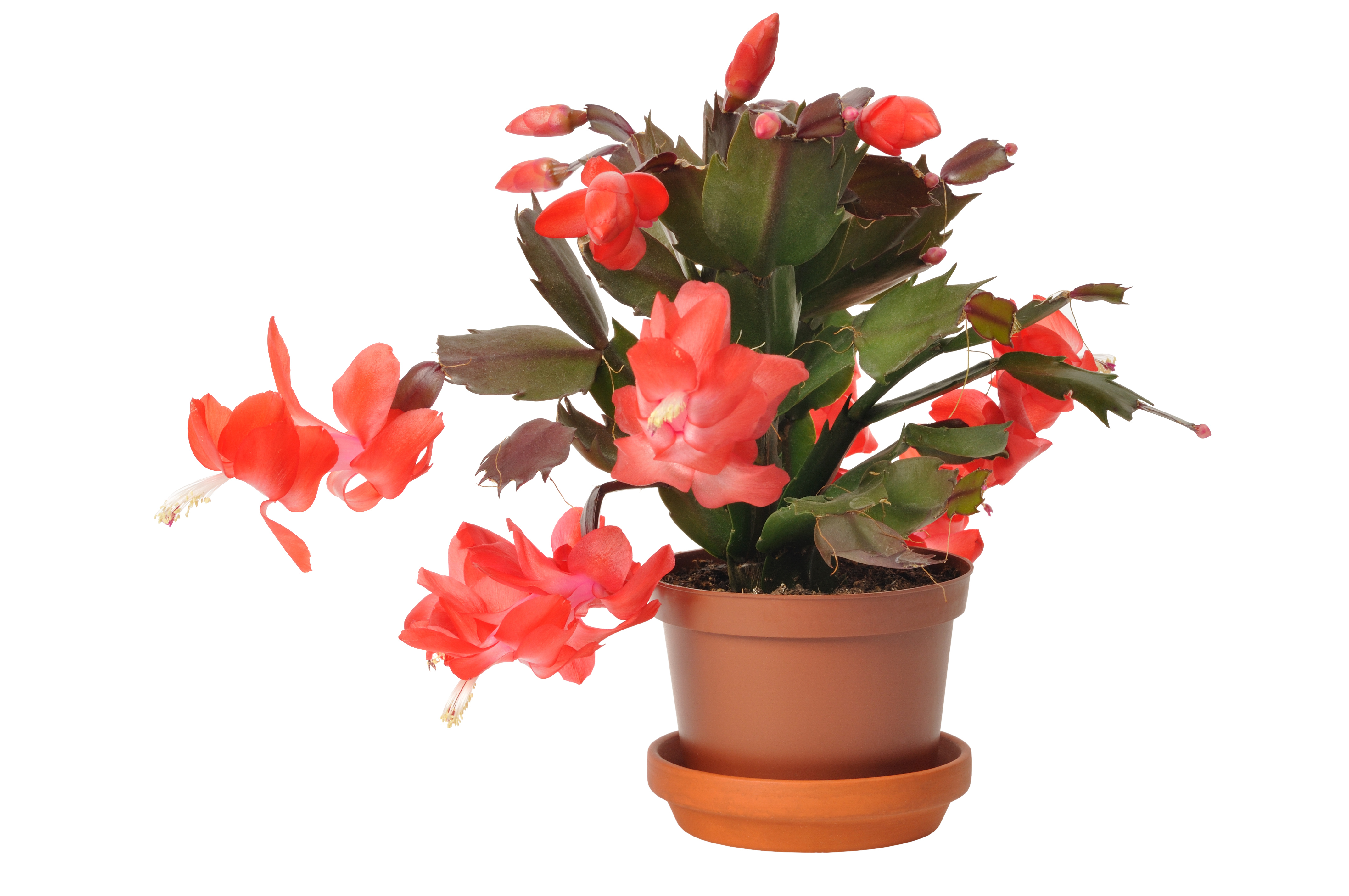Poinsettias, Christmas cactus and amaryllis are all popular gift plants during the holidays, offering showy red blooms that make a festive display for little maintenance.
But now that the holidays have joined memories of Christmases Past, what do you do with these presents? Is it possible to keep them thriving for a few more weeks - even coax them to rebloom?
Here's a quick guide with basic tips to care for the plant from Southern Living magazine and practical insight on whether they'll rebloom from Ray and Beth Painter, owners of Green Thumb Nursery in Hixson.
AMARYLLIS
* The plant: Large, trumpet-shaped blooms on sturdy stalks grown from a bulb. Attractive when displayed in a cylindrical glass vase so the stalks are visible.
* Care: While blooming, place in a well-lit room and water about once a week or when soil feels dry.
* Reflower power: After its blooming cycle, the plant will begin to die and stalks begin to sag. Cut the flowers and stalks back to the top of the bulb. Do not save any foliage, only the bulb.
"Put the bulb in a brown paper bag - like what you would carry for a lunch sack - add a little sawdust and put the paper bag in a cool, dry spot such as a cellar or basement," says Beth Painter. "Do not put it in a plastic bag as it can get moisture in it and it will rot the bulb. Replant the bulb about Oct. 15 and it will rebloom."
When replanting, choose a pot slightly bigger than the bulb. Add a layer of either lightweight potting soil or fine gravel and leave one-third of the bulb above the soil. Place the potted bulb in bright, but indirect, light and keep the soil moist. The bulb should flower in seven to 10 weeks.
POINSETTIA
* The plant: This iconic holiday plant originated in Mexico. Its colored leaves, which range in shades from flame red to pink or white, are often mistaken for the plant's petals.
* Care: Place in a warm room (about 70 degrees) in bright, indirect light. Check the soil daily. It should be moist, but the plant should never stand in water. Avoid placing plant near heating vents, which will dry it out quicker.
* Reflower power: It is possible to make a poinsettia rebloom, and a lots of folks have good intentions of doing so for their gift. "But it's very hard to make them reflower," advises Ray Painter. "I've not known many people who are successful with this at home. The plant has to have equal amounts of light and dark when it gets to six weeks before they flower, and to duplicate that at home is almost impossible, because it you leave the plant in any room, and turn on the light in that room, it will delay the process."
CHRISTMAS CACTUS
* The plant: This succulent has scalloped stems that bloom at the stem tips. Although cacti are typically thought of as heat-tolerant desert plants, Christmas cacti actually keep their blossoms longer in cooler temperatures. Cactus cuttings root easily, making this a great pass-along plant.
* Care: Place the plant in a well-lit location away from heat vents or fireplaces. Water when the top inch of soil of soil feels dry to the touch.
"It is a succulent, so it should run on the dry side. Most people who kill a cactus do so because they overwater it," says Beth Painter. "Christmas cactus often comes in foil. Take that off or put holes in the foil so water drains out and it doesn't sit in water or it will die in five days. People see blooms fall off their cactus and think it needs more water, and soon they are overwatering the plant. Its blossoms will eventually drop, but that doesn't mean the plant is dying, it just means the blooming cycle is over."
* Reflower power: Keep the plant in a sunny indoor location. It may be moved outdoors when temperatures steadily remain 50 degrees or more, but keep it in a shady or semi-shaded spot. You'll know whether it's receiving too much light if leaves start to turn red. When it's time to bring the plant back inside as fall's cooler weather approaches, gradually increase the number of hours the plant is indoor each day.
Christmas cacti will re-bloom if given long, uninterrupted periods of darkness (about 12 hours a night) for six to eight weeks or until buds are forming. Start the darkness program in October.
Contact Susan Pierce at spierce@timesfreepress.com or 423-757-6284



